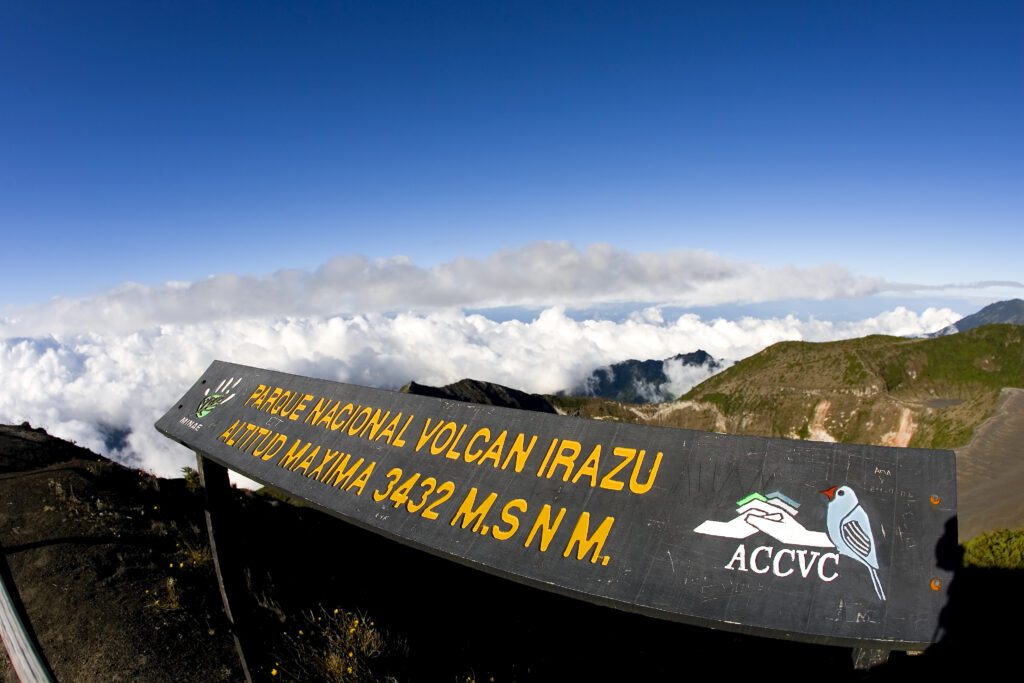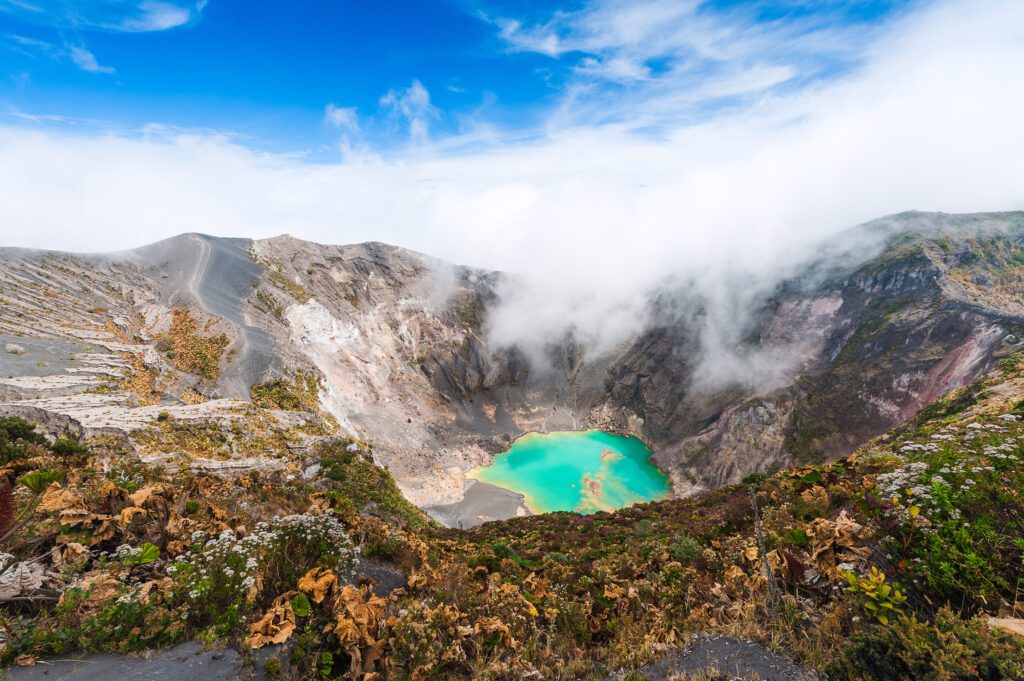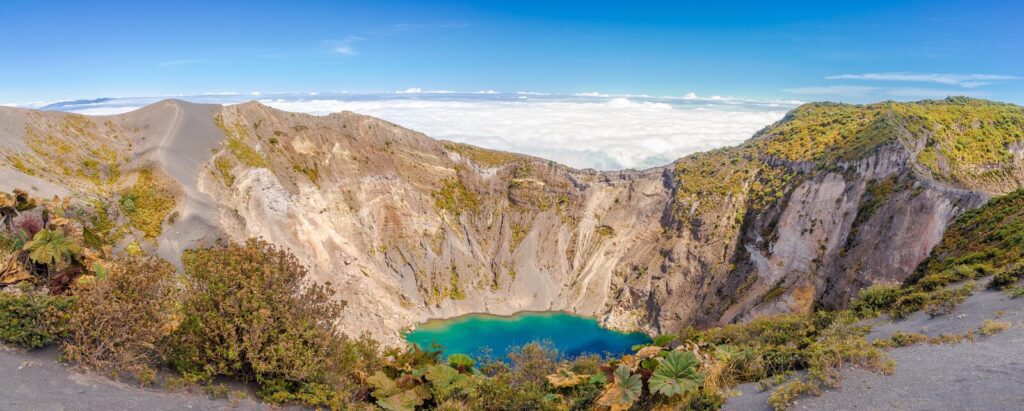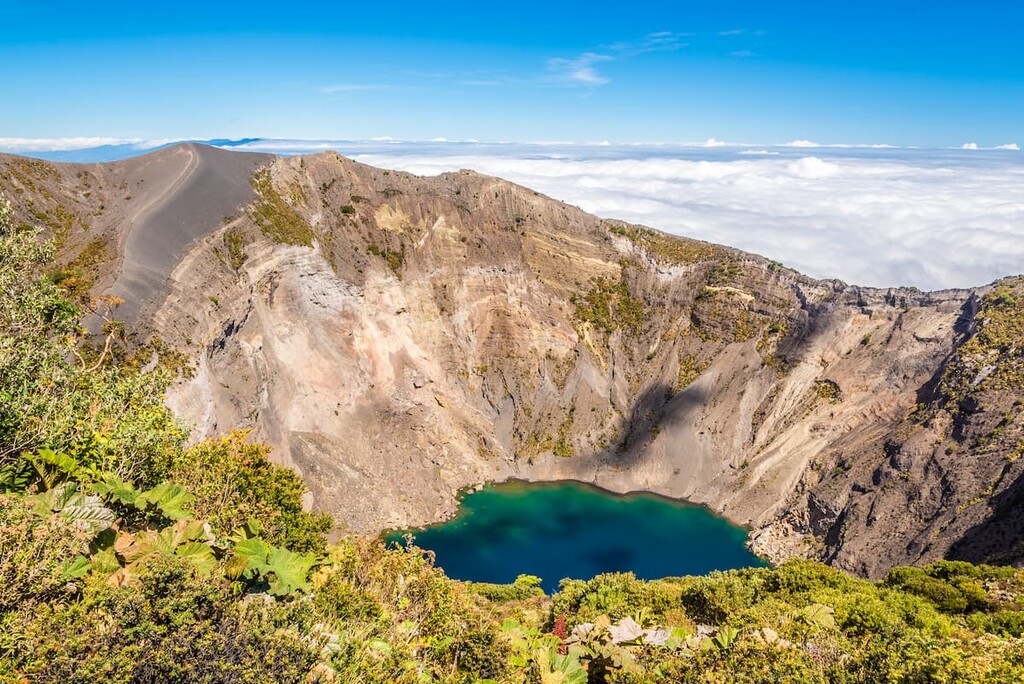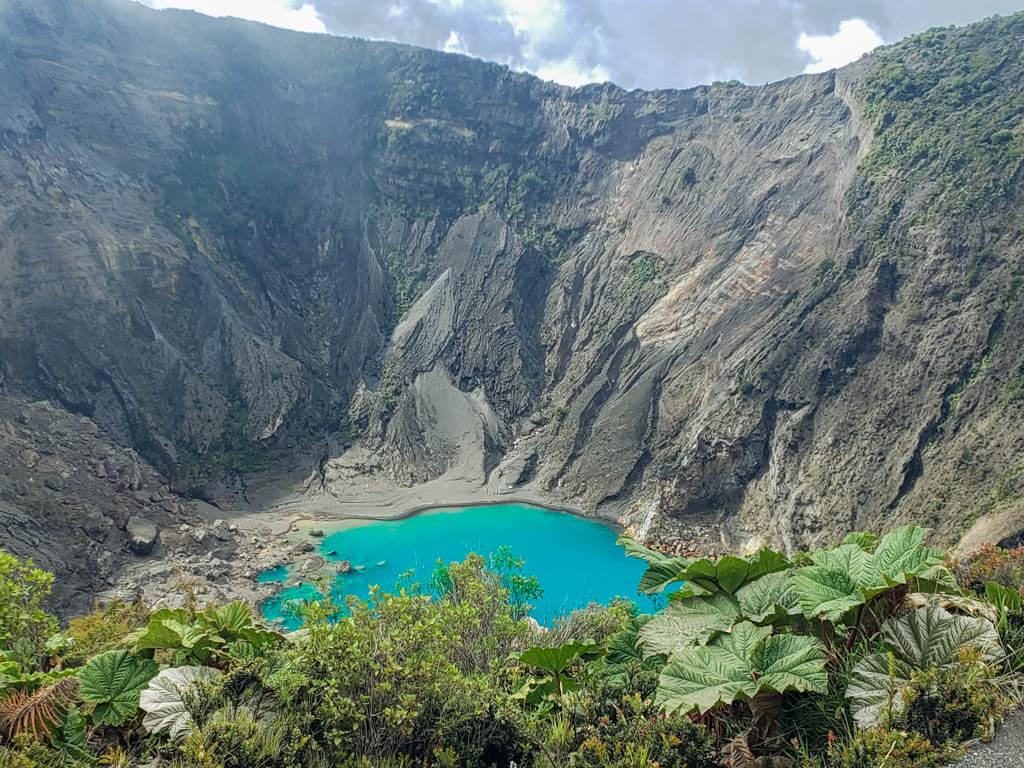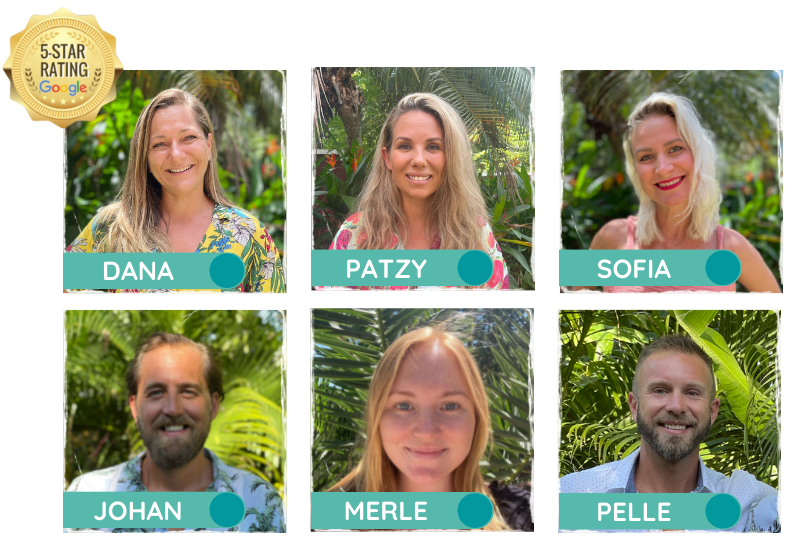
Irazu volcano
-
Details
Irazu volcano
Overview
Irazu Volcano is located close to Costa Rica’s current capital San Jose and its previous capital Cartago. The volcano’s top is at 11 260 ft. (3432 meters), which makes it the tallest volcano in Costa Rica. You will notice as we travel up the volcano how the climate changes to be chillier and how nature around you will change at different heights. The agriculture at this elevation changes as you will see as the crops grown here are potatoes, cabbage, and onions. The volcano is still active and had a famous big eruption in 1963 that made international headlines as President John F. Kennedy was visiting the country at the same time. The crops were buried due to the eruption but it left the soil incredibly fertile for decades to come. The volcano hasn’t had significant activity since the 1990s.
Our tour to Irazu Volcano can be done in three different ways. Here’s an explanation of the different setups.
All three tours include the trip to the top of the volcano where our transportation will take us up through the very colorful and beautiful landscape. When we arrive at the top we will make the shorter walk to watch the two tops of the volcano and its big crater. Currently the only volcanic activity in the crater is from fumaroles releasing toxic steam. If we visit the volcano on a clear day we can see both the Pacific Ocean and the Caribbean Sea from here! The wildlife that we can see and experience at this elevation if we are lucky are coyotes, armadillos, squirrels, foxes, rabbits, owls, and other birds that share their natural habitat here.
As for the remaining two options of this tour, they both also include a stop in Costa Rica’s previous capital Cartago. Here we make a stop at the religiously and culturally important site La Basilica de Nuestra Señora de los Angeles (Basilica of Our Lady of the Angels). This basilica is built on the site where the legend has it that a young girl found a statue of Mother Mary that magically appeared in 1635. The statue is called “La Negrita” and every year it is estimated that between one and two million Costa Ricans (out of a 5 million population) make the pilgrimage walk from their homes to Cartago.
After this visit we continue through the beautiful Orosi Valley. What differs from the two longer tours is that the first ends with a visit to Lankester Gardens, a research center for the University of Costa Rica where more than 800 species of orchids, bromeliads, and various other plants are protected.
The second tour ends with a stop at Hacienda Orosi Thermals, which are natural and mineral hot springs heated by the volcano. We make a final stop here for relaxation in the hot springs.
